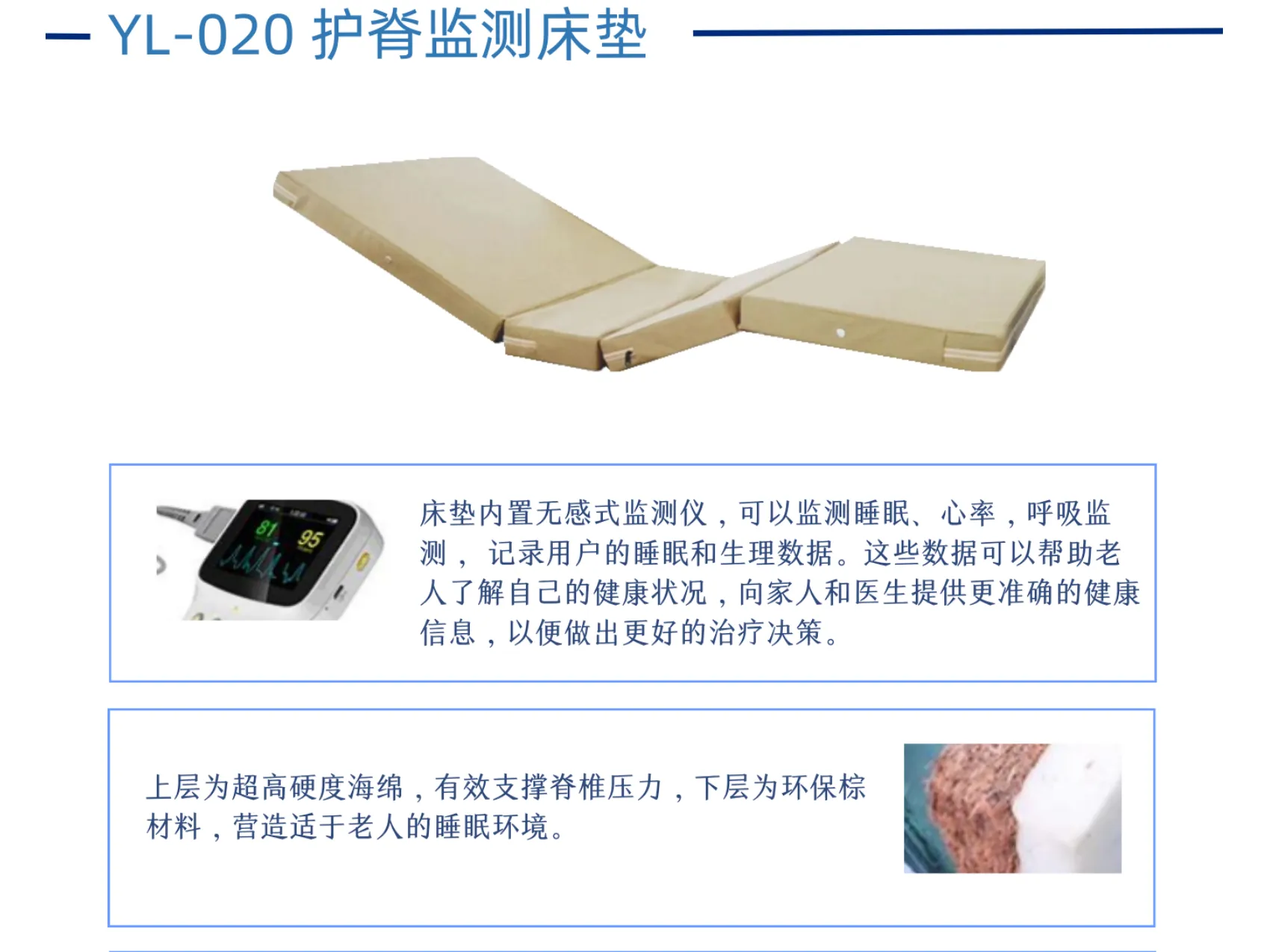Price Guide for Mattresses Designed to Prevent Bedsores and Enhance Comfort
Choosing the Right Mattress for Bedsore Prevention A Comprehensive Guide
Bedsore, also known as pressure ulcers, is a significant health concern for individuals who are bedridden or have limited mobility. One of the most effective methods for preventing bedsores is the use of a specialized mattress. With numerous options on the market, understanding the features and costs involved can help caregivers and patients make informed choices. In this article, we’ll explore mattress types for bedsore prevention, their benefits, and a general price range.
Understanding Bedsore Prevention
Bedsores occur when pressure on the skin reduces blood flow, leading to tissue damage. People at higher risk include the elderly, those with limited mobility, and patients recovering from surgery. Prevention is key, and a good mattress plays a crucial role.
Types of Mattresses for Bedsore Prevention
1. Foam Mattresses These are one of the most common types used for bedsore prevention. They are made of high-density foam that conforms to the body’s shape, distributing weight evenly and reducing pressure points. Foam mattresses can range from basic models to advanced pressure relief systems with multiple layers. Prices typically range from $100 to $500.
2. Air Mattresses These mattresses contain air chambers that can be inflated or deflated to provide customized support. They are effective in redistributing pressure and are often used in hospitals. There are two main types alternating pressure models that cycle between different air chambers and low-air-loss models that keep the patient’s skin dry. Air mattresses can range from $300 to over $2,000, depending on the complexity and features.
3. Gel-Infused Mattresses Gel mattresses combine foam with gel layers, offering both comfort and pressure relief. The gel helps to cool the surface and prevent overheating, which can exacerbate skin issues. Prices for gel-infused mattresses can range from $200 to $800.
4. Hybrid Mattresses These mattresses combine several materials, such as foam, gel, and air systems, to optimize comfort and support. They’re designed to provide the benefits of multiple types of mattresses, making them a versatile choice. Hybrid mattresses can range from $400 to $1,500.
mattress for bedsore prevention pricelist

Additional Features to Consider
When selecting a mattress for bedsore prevention, it’s essential to consider additional features
- Pressure Redistribution A good mattress should provide effective pressure reduction to minimize the risk of developing bedsores. - Breathability Materials that allow airflow help keep the skin dry and prevent moisture buildup. - Weight Capacity Ensure the mattress can support the user’s weight comfortably. - Ease of Cleaning Removable, washable covers are beneficial for maintaining hygiene.
Budgeting for a Mattress
While investing in a quality mattress for bedsore prevention is crucial, prices can vary significantly based on features and materials. Here’s a rough pricing guide
- Basic Foam Mattresses $100 - $500 - Air Mattresses $300 - $2,000 - Gel-Infused Mattresses $200 - $800 - Hybrid Mattresses $400 - $1,500
It's important to balance cost with quality. A higher initial investment in a specialized mattress can lead to significant savings in healthcare costs by preventing complications associated with bedsores.
Conclusion
Selecting the right mattress for bedsore prevention is vital for maintaining the health and comfort of at-risk individuals. By understanding the various types of mattresses available and their respective price ranges, caregivers can make informed choices that prioritize patient well-being. In addition to a suitable mattress, regular repositioning and skin care are essential components of an effective bedsore prevention strategy. Investing in the right mattress is not just about comfort; it’s a crucial step in ensuring a higher quality of life for those in need.
-
The Effect of Coconut Foam Mattress Breathability and Humidity Regulation on Improving Sleep QualityNewsJul.03,2025
-
How Wave Mattress Systems Improve Blood Circulation During ImmobilityNewsJul.03,2025
-
The Climate-Adaptive Sleep Revolution: Exploring the Benefits of Cooling Gel Memory Foam MattressesNewsJul.03,2025
-
Exploration of the Role of Coconut Foam Mattress in Preventing Bedsores in the ElderlyNewsJul.03,2025
-
Comparing Wave Mattress and Air Mattress: Which Is Better for Medical Use?NewsJul.03,2025
-
Analysis of Comfort and Environmental Performance of Natural Latex and Coconut Foam MattressNewsJul.03,2025
-
Multi-Layer Construction for Enhanced Performance in Gel Mattress PadNewsJun.24,2025

